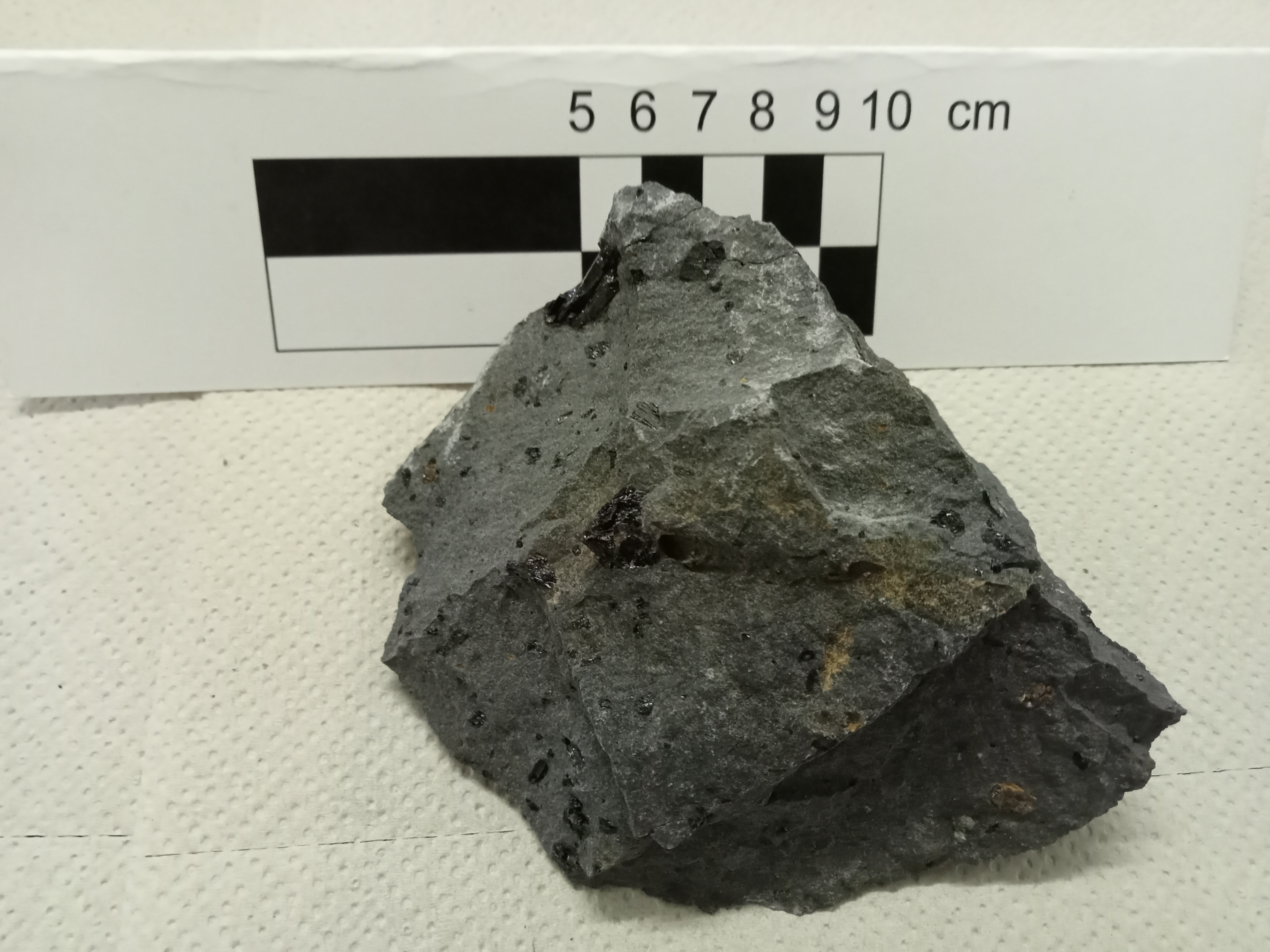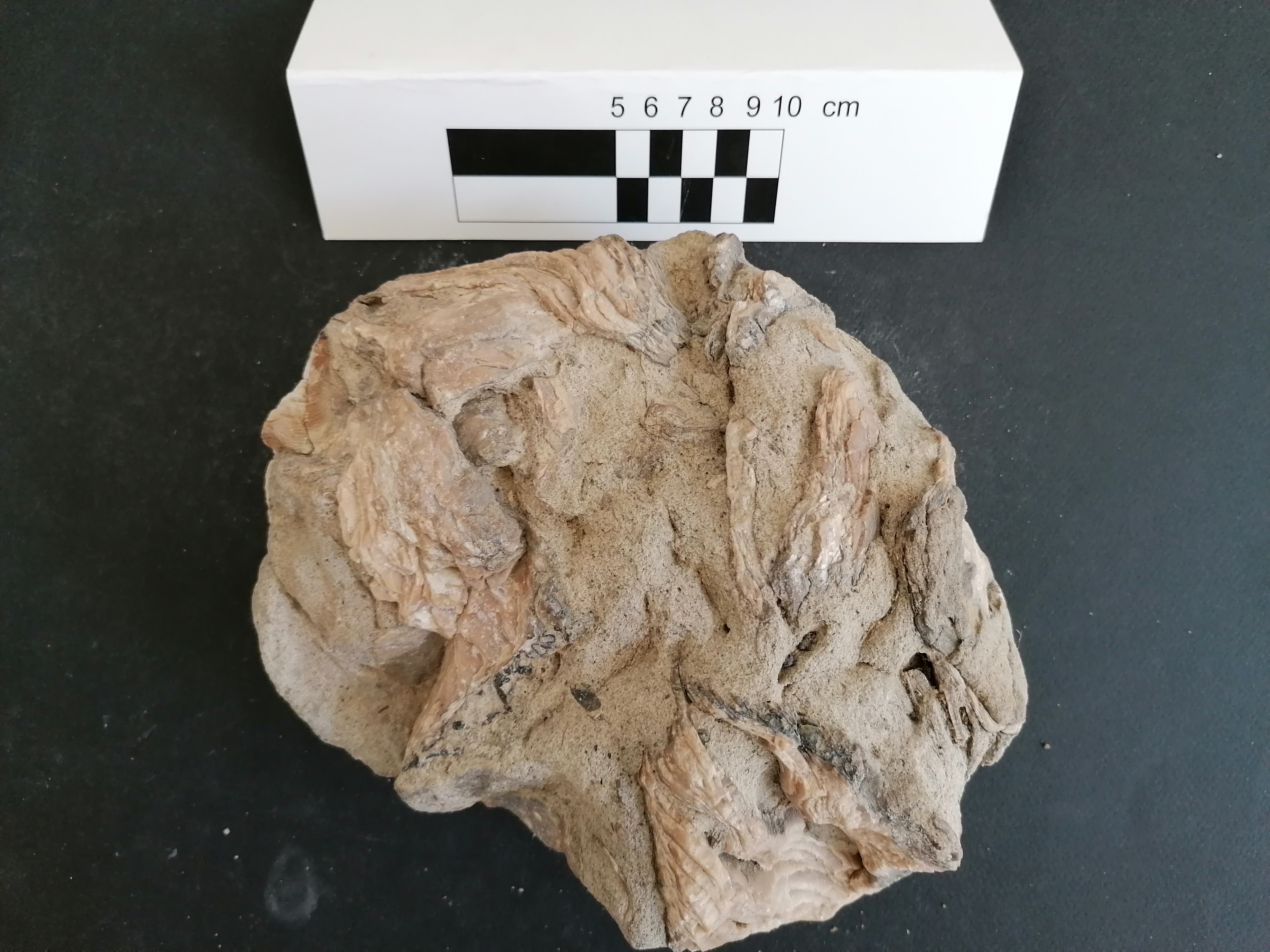2021
Type of resources
Topics
Keywords
Contact for the resource
Provided by
Years
Formats
Representation types
Update frequencies
status
Scale
-
During the I Italian Antarctic expedition (1985/86), 853 rocks have been sampled within the aim of the project "Geological, structural, petrological and geochemical research programme" in northern Victoria Land. They include intrusive, subvolcanic, volcanic, metamorphic and sedimentary rocks. The investigated regions are within Coulman Island SS 58-60/6, Mount Melbourne SS 58-60/9, Mount Murchison SS 58-60/5, Reeves Nevé SS 55-57/12, Relief Inlet SS 58-60/13 and Sequence Hills SS 55-57/8 USGS sheets.
-
During the XXXIII and XXXIV Italian Antarctic expeditions (2017/18, 2018/19), 258 rocks have been sampled within the aim of the project "Completion of the geological cartography in Victoria Land and integration of the cartographic material into a digital dataset" in northern and southern Victoria Land. They include intrusive, subvolcanic, volcanic, metamorphic and sedimentary rocks. The investigated regions are within Convoy Range ST 57-60/1, Franklin Island ST 57-60/2* and Mount Joyce SS 55-57/16 USGS sheets.
-
During the XII Italian Antarctic expedition (1996/97), 721 rocks have been sampled within the aim of the project "Crustal accretion in northern Victoria Land: structure, metamorphism, kinematics and chronology of the junction between Wilson, Bowers and Robertson Bay terranes" in northern Victoria Land. They include intrusive, subvolcanic, volcanic, metamorphic and sedimentary rocks. The investigated regions are within Coulman Island SS 58-60/6, Ebbe Glacier SR 57-58/16, Freyberg Mountains SS 58-60/1, Mount Murchison SS 58-60/5, Mount Soza SR 57-58/15, Ob' Bay SR 57-58/11 and Yule Bay SR 57-58/12 USGS sheets.
-
During the XXVIII Italian Antarctic expedition (2012/13), 275 rocks have been sampled within the aim of the project "The Triassic-Jurassic depositional and magmatic events of Victoria Land successions (Antarctica) and paleoclimatic variations in the Gondwanian province" in northern and southern Victoria Land. They include intrusive, subvolcanic, volcanic, metamorphic and sedimentary rocks. The investigated regions are within Convoy Range ST 57-60/1, Freyberg Mountains SS 58-60/1, Mount Joyce SS 55-57/16, Mount Melbourne SS 58-60/9, Mount Murchison SS 58-60/5, Reeves Névé SS 55-57/12, Sequence Hills SS 55-57/8 and Taylor Glacier ST 57-60/5 USGS sheets.
-

During the XXXVIII Italian Antarctic expedition (2022/23), 126 rocks have been sampled within the aim of “MAGIC” project in northern Victoria Land. They include volcanic, igneous and metamorphic rocks, and sediment. The investigated regions are within Cape Hallett SS58-60/2, Freyberg Mountains SS 58-60/1, Mount Murchison SS 58-60/5 and Mount Melbourne SS 58-60/9 USGS sheets. Project: Magma-Ice interaction: late Miocene ice thickness and eruption tempo in northern Victoria Land.
-
During the I Italian Antarctic expedition (1985/86), 73 rocks have been sampled within the aim of the project "Volcanological research program" in northern Victoria Land. They include different volcanic rocks. The investigated regions are within Mount Melbourne SS 58-60/9 and Mount Murchison SS 58-60/5 USGS sheets.
-
During the XXI Italian Antarctic expedition (2005/06), 139 rocks have been sampled within the aim of the WISE project in northern Victoria Land. They include intrusive, subvolcanic, volcanic and metamorphic rocks. The investigated regions are within Cape Hallett SS 58-60/2, Daniels Range SR 57-58/14, Freyberg Mountains SS 58-60/1, Mount Soza SR 57-58/15, Ob' Bay SR 57-58/11 and Pomerantz Tableland SR 57-58/10 USGS sheets. Project: Wilkes Basin/Transantarctic Mountains System Exploration.
-
During the XX and XXI Italian Antarctic expeditions (2004/05, 2005/06), 605 rocks have been sampled within the aim of the project "Cenozoic magmatism in Victoria Land: a tracer of geodynamic processes and of global evolution of climate" in northern Victoria Land. They include intrusive, subvolcanic, volcanic, metamorphic and sedimentary rocks and sediments. The investigated regions are within Cape Adare SR 59-60/13*, Cape Hallett SS 58-60/2, Coulman Island SS 58-60/6, Freyberg Mountains SS 58-60/1, Mount Melbourne SS 58-60/9 and Mount Murchison SS 58-60/5 USGS sheets.
-
During the XX and XXI Italian Antarctic expeditions (2004/05, 2005/06), 668 rocks have been sampled within the aim of the project "Chronologic-dynamic zoning of the Ross Orogen" in northern and southern Victoria Land. They include intrusive, subvolcanic, volcanic, metamorphic and sedimentary rocks. The investigated regions are within Cape Hallett SS 58-60/2, Coulman Island SS 58-60/6, Daniels Range SR 57-58/14, Freyberg Mountains SS 58-60/1, Mount Melbourne SS 58-60/9, Mount Murchison SS 58-60/5, Mount Soza SR 57-58/15, Ob' Bay SR 57-58/11, Pomerantz Tableland SR 57-58/10, Relief Inlet SS 58-60/13, Sequence Hills SS 55-57/8 and Welcome Mountain SS 55-57/4 USGS sheets.
-

During the XXII Italian Antarctic expedition (2006/07), 33 rocks have been sampled within the aim of the ANDRILL project in southern Victoria Land. They include intrusive, subvolcanic, volcanic, metamorphic and sedimentary rocks. The investigated regions are within Ross Island ST 57-60/6* sheet. Project: Antarctic Drilling Project.